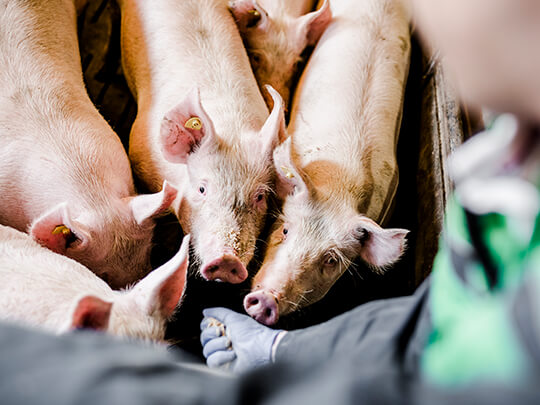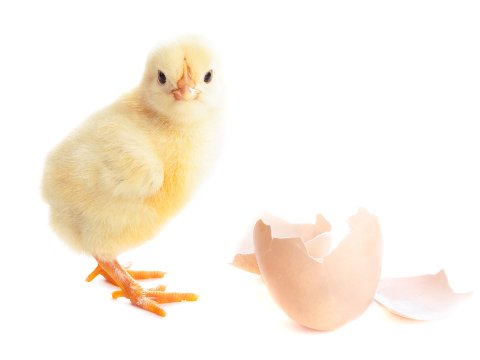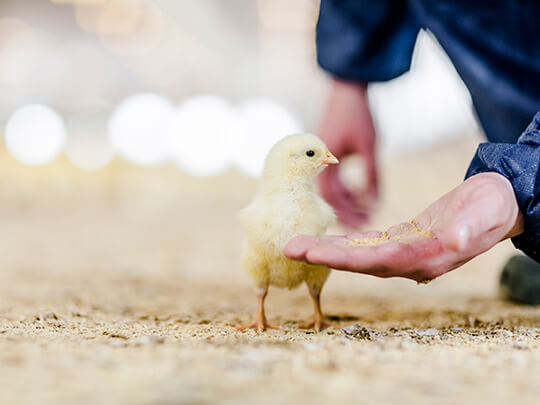How to counteract oxidative stress with phytogenics - Part 1
Oxidative stress, reactive oxygen species (ROS), antioxidants - everyone has heard about it, not only occuring in humans but also being present in animals. By the way: What is oxidative stress, how does it develop and what effects does it have on our livestock? And, probably most important: What can we do about it?

How to counteract oxidative stress with phytogenics
First off, a certain level of oxidative stress is not yet a reason to panic. In certain processes in the organism, the presence of free radicals is normal and necessary. Intact defense mechanisms of the body can regulate a short-term excess without any problems.
However, an imbalance between free radicals and the relevant detoxification mechanisms can lead to so-called oxidative stress, affecting important metabolic processes in the body. Relating to our livestock, oxidative stress may have negative effects on animal wellbeing hence on performance. Let´s have a closer look at this ever current topic in detail:
Oxidative stress – how come?
Metabolic processes in cells require oxidative reactions. During these standard processes, reactive oxygen species (ROS) are produced. ROS are essential metabolites involved in enzymatic reactions, mitochondrial electron transport, signal transduction, activation of nuclear transcription factors, and gene expression. However, due to their reactive nature, ROS can have adverse effects and damage cell walls.
ROS can be neutralized by endogenous antioxidant mechanisms and radical scavengers like polyphenols. In a balanced system, there are enough antioxidants to neutralize ROS. As soon as this system is not balanced anymore and there are more ROS than available antioxidants, oxidative stress is marked mostly due to increased oxidative processes and ROS production. This leads to cell and tissue damage (e.g., liver cells, mucosal cells).

Oxidative stress in poultry and swine
The gut is one of the most important organs that affect animal performance and health. To support animals during challenging conditions, including oxidative stress, nutrition and management focus on a short gut development after hatching or weaning and maintaining a healthy and intact gut. Maintaining intestinal barrier functions is essential for preventing pathogens from passing the intestinal barrier, the first defense line. Reactive oxygen species from lipid peroxidation in the enterocytes cause a significant reduction of barrier function and reduce gut health overall. Moreover, it affects nutrient uptake and cell turnover.
Lipid and protein oxidation have been recognized to have an enormous impact on membrane stability and meat quality. A pro-oxidative environment initiated before (e.g., stress before slaughter) and after animal slaughter leads to increased oxidative reactions during handling, processing, and storage of poultry meat. This negatively affects meat quality parameters like postmortem pH decline, drip loss, or juiciness.

How to counteract oxidative stress?
Several nutritional strategies are available to alleviate oxidative stress and enhance animals' health and welfare status. The physical form of the diet, feed composition, and quality of single feed ingredients used are primary tools to control and improve performance and health.
Adding synthetic or natural antioxidants to diets, limiting lipid peroxidation in feed is common practice, especially in high dietary levels of polyunsaturated fatty acids (PUFAs). Supporting the animal's antioxidant system by adding selenium, manganese, or Vitamin C or E is well-recognized.

Anja Keiner
After her scientific studies dealing with the effect of phytogenic substances on piglets’ health and performance at the Justus-Liebig university in Germany, Anja was eager to start her professional career with Delacon. Her experience in sales is an important backbone for the previous role as Product Manager Swine, but also for her current position as Global Technical Manager Swine and Poultry.










